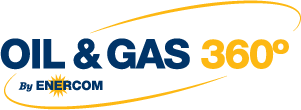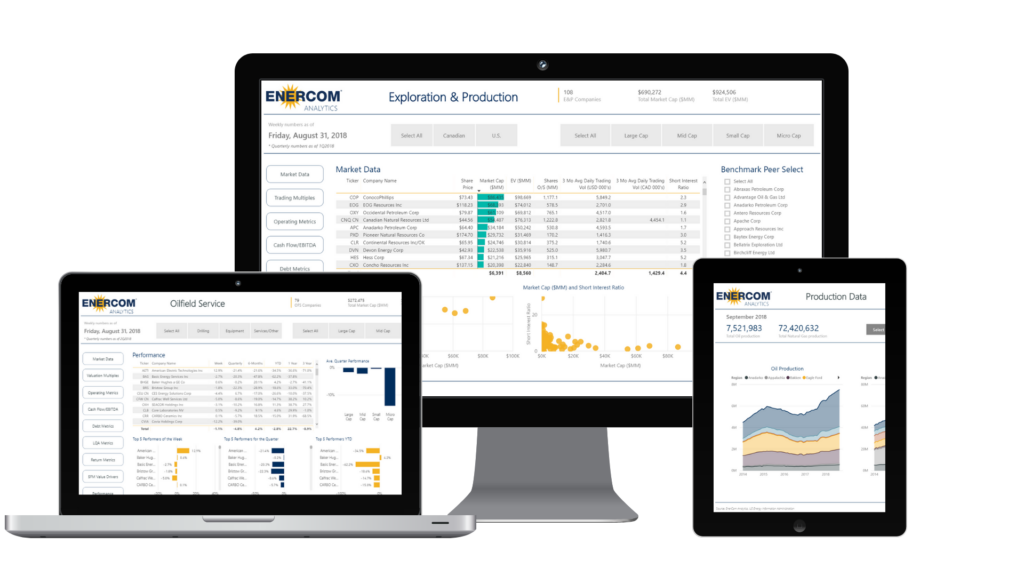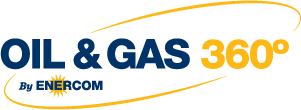Oasis Petroleum Inc. (NYSE:OAS) discusses earnings and operation updates on the 2018 Q2 earnings call. Excerpts and details from the call are below.
Q: On the increase in the expected Delaware Q4 production rate, can you just talk more about the drivers there? How should we think about well performance versus the timing component, just thinking about the two wells put down in Q2?
Director, President, and Chief Operating Officer Taylor L. Reid: So, as we talked about, the well performance has really been good and we continue to see outperformance relative to that 1.2 million barrel type curve for the Wolfcamp. In terms of timing, the cadence has been about what we planned. And so, I guess, the wells are, on average, performing better than we expected.
Q: Great. And then, on the Painted Woods and Red Bank wells planned for the back half of the year, can you just remind us what you’re testing there on the spacing front and if there are other ongoing tests in some of the other wells? And then any color on timing there would be helpful as well.
Director, President, and Chief Operating Officer Taylor L. Reid: So for Painted Woods and Red Bank, again, both spacing test, and prior to going in and drilling in those areas, we just want to get a better understanding of what that inter-well relationship is going to be. It’s in our inventory, it’s spaced somewhere those areas between like 8 to 10 wells. And so, we’re testing in that ballpark. But importantly, it’s with the bigger frac. So, historically, when we were in those areas, we were doing more around 4 million pound fracs or 400 pounds per foot. These wells are going to be test in 1,000 pounds per foot or more, and do that with independent wells and then wells in spacing. So, really, looking to see how those results look as we do the bigger fracs.
Now in terms of timing, these wells are going to come online third, but mostly fourth quarter. So meaningful results won’t be until sometime maybe middle of next year.
Q: The compositional mix in 2019 at 74%, is that driven to a larger percentage of gas capture coming post the processing plant coming online in November, or how should we think about that evolution on a go-forward basis?
CFO and Executive Vice President Michael H. Lou: I think that’s a great point. We’ve been talking for a while now that the gas, especially in the middle part of kind of the core of the core of the Williston, the gas levels are high and processing is tight. Given that, you’re still flaring some right now in kind of that Wild Basin area. Obviously, we’re coming on with a 200 million a day [200 MMscfpd] plant that will help us make sure that we have flow assurance and we can continue to operate in that area efficiently and capture all the gas.
So, we’ve kind of started talking about a 74% type oil cut for 2019, and that’s really kind of through the whole year. So, you can apply that to the full year number. You can apply that to also the exit rate that we kind of disclosed. But what you can see is that while our oil is growing very rapidly and very capital efficiently, we’re also able to capture more and more of the gas, as you mentioned, which is fantastic because then we can monetize that through selling the NGLs and the residue. So, it’s really just helping our economics overall by being able to capture all that gas.
Q: looking at 2019, you guys talk about adding potentially one or two rigs in the Williston. What’s the driver, I guess, versus two versus one? And then, any thoughts on timing there.
Director, President, and Chief Operating Officer Taylor L. Reid: We’re still working on what the schedule looks like. And really the driver in terms of the activity is cash flows. So, as we’ve talked about, we’re going to spend within the E&P cash flow. And if you start with the Delaware, we’re going to have a metered program there, kind of two rigs running next year and likely picking up a third rig late in the year or later in the year. As the pipeline bottlenecks are eliminated there, then we’ll ramp activity in the second half of 2019.
So, the incremental cash flow left above that, we will spend up in Williston. And so, with the additional volumes and the growth that we’ve talked about today, we obviously have incremental cash flow that will allow us to run more rigs than what we’re doing this year. So, we’re going to go from – we started the year at five, dropped to four, and likely pick up two rigs next year. In terms of timing, maybe one early in the year and a second middle, but we’re still working through exactly what that looks like.


